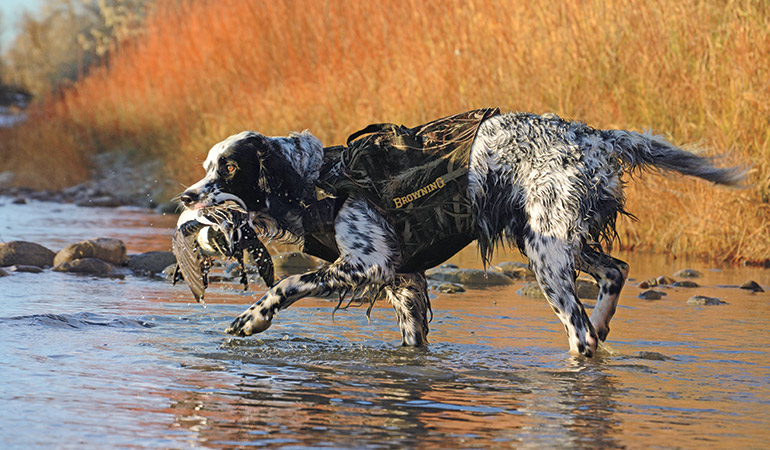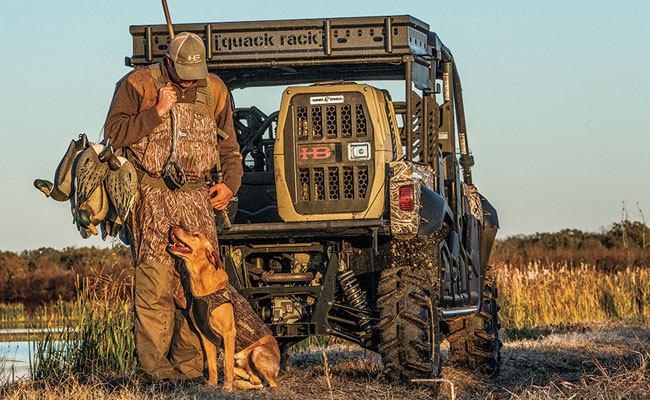@Chueymorales What a magnificent post! You sound like someone who has written a book or two on the subject! Chester sounds like a real comrade...do you have a picture of him? Thanks so much for breathing new life into this thread!

I bred and trained Chesapeake Bay Retrievers years ago. My wife was actually THE very best obedience trainer I have ever encountered. She is gone now as is my desire to breed, train and hunt Chessie's. The C-Bay Retriever was bred specifically for the hardships awaiting gun dogs along The Chesapeake Bay. Real deal Market Hunters created them for those hardships. They were a combination of genetics from The Newfoundland, for their heavy double coats, strength, stamina and water abilities. Curly Coat Retrievers or Water Spaniols added more water abilities, along with double coats, and hound dogs added great nose to the mix. Got a couple Chester, "long distance, blind retrieve" stories that still astound me 25+ years later. I have little doubt that a hunter I met on a hunt who shared a goose pit with me at Cibola Wildlife Refuge is STILL sharing the story with anyone who will listen, he was that amazed by what he had witnessed Chester pull off.
I built a big pond in my pasture just for training purposes, and would train with frozen wings saved from harvested birds previously, and now and then a frozen whole Northern Shoveler. Northern Shoveler's (AKA: Spoonies thanks to their spatulate bill) aren't much on the table and usually were taken by hunters I hunted with "by accident", so rather then waste the bird, I always carried a few legs and toes cut from panty hose to slip birds in, head first, for mounts or
frozen trainers. Head first into that "nylon mesh tube" keeps the wings and feathers in nice condition.
Chessie's are NOT for everyone as they are mighty obstinate and hard-headed. Once they recognize you as The Alpha, they are easy to work with, but if they do not accept you as "head of the pack", they can be difficult to put it mildly. Chester, the hunting partner I spoke of earlier, was 110 pounds of solid muscle, and pure ornery. Early on when he wasn't fully mature I taught him "The Alpha Wolf Maneuver" when he would piss me off, as needed. I would simply grab him with both hands on his throat, flip him over on his back, and hold him down like that until I could feel him relax. I seriously believe that even when he weighed 50 pounds or so, if a stranger tried that throat grab, they would pull back a couple bloody stumps. I had occasion only a few times when he was full grown to "Alpha Wolf" him into submission.
I will look and see if I have some photos to share. Nothing in the system that I know of, but I do have some in scrapbooks. Do not have a scanner anymore, but I have friends who do. My daughter probably has photos, so I will check with her. Chester had to be put down in January 2001 due to old age. Still comes to mind often, and I miss him. I had one Chessie after that, but like with some things in this life, when you have experienced the very best, be it in a human relationship, or animal pal, it can come to pass that the very best can never be replaced. I stopped hunting anyway, and having a true Retrieving Machine like a fine Chesapeake Bay dog requires using them as designed just to be fair to their genetic predispositions.
Now I will shut up.












